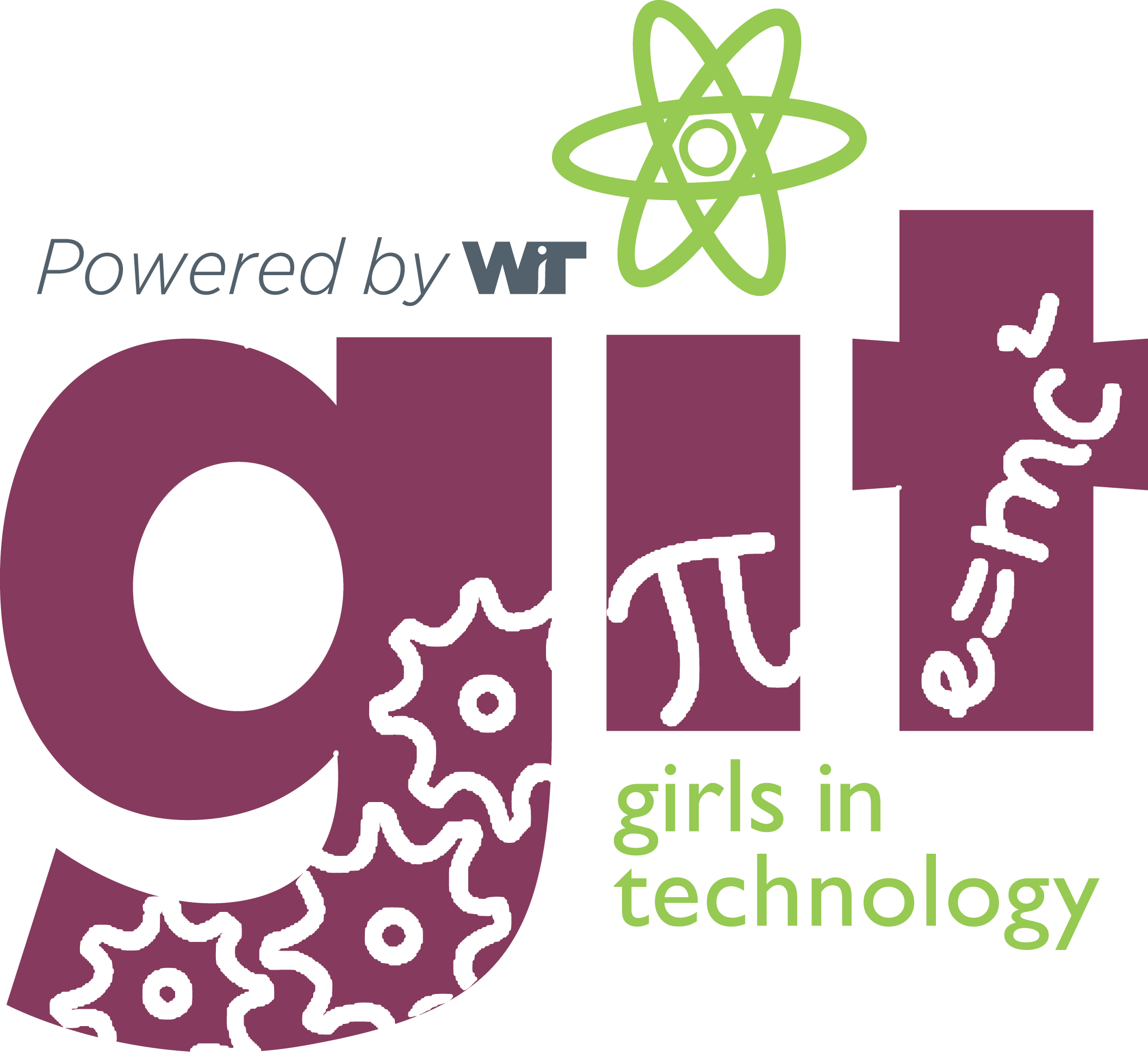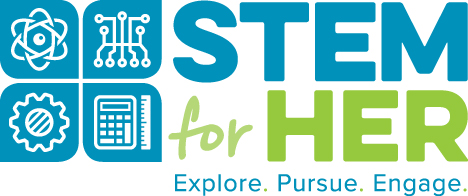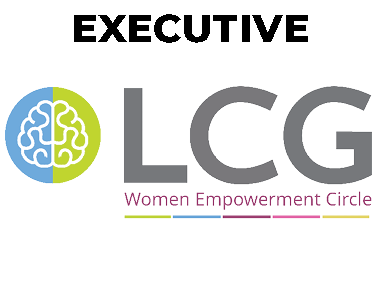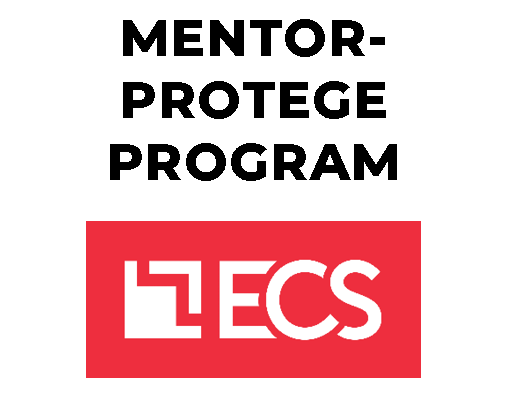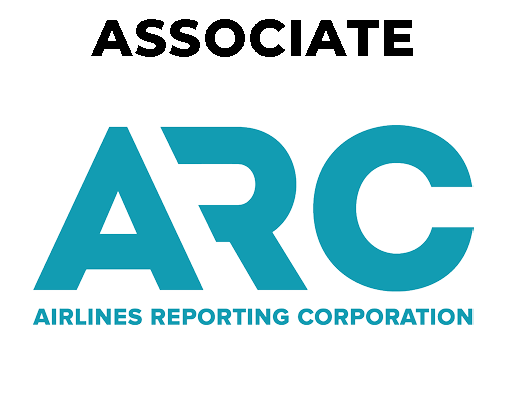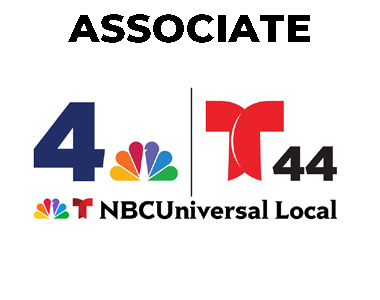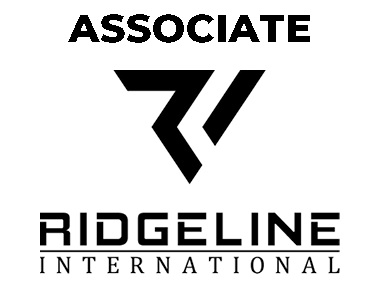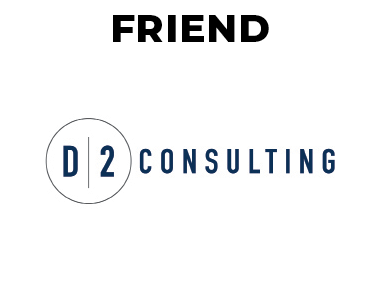This month’s blog posting is an excerpt from the Diversity Best Practices newsletter.
Balancing the Genders in STEM
By Lindsey Clark, Member Research Analyst, Diversity Best Practices
Publication Date: May 24, 2016
Women and minorities comprise 70 percent of college students but less than 45 percent of STEM degrees. Further, women make up only 26 percent of the computing workforce.
Where are the women in STEM fields? According to the National Girls Collaborative Project this is what the STEM landscape looks like for recent female graduates:
- 39% of chemists and material scientists are women
- 27.9% of environmental scientists and geoscientists are women
- 15.6% of chemical engineers are women
- 12.1% of civil engineers are women
- 8.3% of electrical and electronics engineers are women
- 17.2% of industrial engineers are women
- 7.2% of mechanical engineers are women
What is the cause of this imbalance of gender in STEM and how can it be solved?
The American Association of University Women (AAUW) identified three major causes - social and environmental factors shaping girls’ achievements and interest in math and science; the college environment; and the continuing importance of bias, often operating at an unconscious level.
It will take an effort from society as a whole to stop the negative stereotypes about girls “innate” ability or lack thereof in mathematics and science. AAUW also reported that even a subtle reference to gender stereotypes has been shown to adversely affect girls’ math test performance.
Many DBP members have a commitment to changing the STEM demographics. For instance, Capital One hosts an annual Future Leaders Forum for Young Women. Capital One is also creating a pipeline of diverse talent through the community initiative called "Future Edge" which will invest $150 million over five years to build human capital via education and job skills training. Another DBP member, Cisco, has made major efforts in recruiting college age women by introducing visit days at corporate offices around the world and partnering with Green Light for Girls. This partnership gives young girls the opportunity to participate in free, hands-on workshops learning about programming and electronics. The women’s networks at both of these companies are leading these initiatives.
Some companies, such as Atlassian and Pinterest, are turning to internships to help change the gender geography of their industry and tap into the collegiate pipeline.
Atlassian focused on generating awareness of its internship opportunities among female applicants, ensuring that hiring panels for interns were gender diverse and providing unconscious bias training for all employees involved in the hiring process. The company was able to recruit an engineering intern class of 27 students, 44 percent of whom are women. Slight changes have had major results.
The Pinterest intern class is 53 percent women this year, up from 32 percent in 2015. What changes helped this shift? Decisions such as removing the names of candidates’ schools and prior companies from notes given to engineers throughout the interview process and adding reminders throughout the recruiting process about the importance of keeping an open mind.
Tweaking the hiring process does change the numbers. One could argue, why does it matter having more women in STEM fields? Besides the obvious benefit of diversity in the workplace, STEM jobs are among the highest paying.
The average salary for a tech professional is $96,370 annually. Dice (a career site for technology professionals) recently reported on the top paying tech hubs. Besides Silicon Valley, the top regions are Baltimore/Washington, D.C with $102,873 (5% increase in average salary from 2015), Minneapolis with $100,379 (9% increase in average salary from 2015) and Portland, Oregon with $100,309 (10% increase in average salary from 2015).
By 2020, there will be 1.4 million computer science jobs available in the US according to the Bureau of Labor Statistics. Using the 2016 average salary – that means over $134 billion will be paid to members of the technology industry. If the status of women remains unchanged, women will be get only $35 billion of that figure.
According to the UN Women, at the current pace of change, it will take more than 80 years to achieve gender parity in economic participation. To help the industry that has the biggest strides to make, there needs to be a focus on increasing women in STEM from the start of their careers.




